Navigation Lights
The rules are for your safety!
November 1, 2015
The U.S. Coast Guard is concerned about the sale and availability of unapproved recreational and commercial vessel navigation lights. Purchasers of such lighting should be aware replacement lighting may be improper for its application due to the failure by manufacturers to meet technical certification requirements. Furthermore, technical advances in marine lighting, such as the use of Light Emitting Diodes (LEDs), rope lighting, underwater lighting, and other various types of decorative lighting, may violate navigation light provisions of the Nautical Rules of the Road.
The requirements for all navigation lights aboard vessels are prescribed in Rules 20, 21, 22 and Annex I of the "Rules of the Road," which is the Convention on the International Regulations for Preventing Collisions at Sea (72 COLREGS) or the Inland Navigation Rules (33 CFR Subchapter E).
Specifications for lights vary depending upon the type of vessel but regardless of the light source (i.e., in-candescent filament or LED):
* Recreational vessel and uninspected commercial vessel navigation lights must meet American Boat & Yacht Council (ABYC) standard A-16, in accordance with specifications within 33 CFR 183.810 and 46 CFR 25.10-3, respectively.
* Commercial inspected vessels must be outfitted with navigation lights that meet or exceed Under-writers Laboratories standard UL 1104, as stated in the specifications of 46 CFR 111.75 -17.
Some manufacturers are producing and distributing navigation lights that do not meet the certification requirements indicated above. These lights are typically less expensive, making them a tempting choice for uniformed consumers. Use of lights that do not provide the proper chromaticity, luminous intensity, or cut-off angles could result in the issuance of a notice of violation or potentially cause an accident. Recreational boaters should ensure each purchased navigation light contains the following information on the light or its packaging:
USCG Approval 33 CFR 183.810
MEETS ABYC A-16 or equivalent
TESTED BY (an approved laboratory)
Name of the light manufacturer
Number of Model
Visibility of the light in nautical miles
Date on which the light was type-tested
Identification and specification of the bulb used in the compliance test.
Boaters should be concerned about installing "decorative" lighting on their boats in various places, including underwater, on the rubrail, or just above the waterline. Care must be taken that these lights:
* cannot be mistaken for navigation lights,
* do not impair the visibility or distinctive character of approved and properly placed navigation lights, and
* do not interfere with the operator's ability to maintain a proper lookout. Such circumstances may represent a violation of Rule 20.
Rule 20 specifies that only those lights prescribed, or those that don't interfere with those prescribed, may be used. Haphazard installation of additional lighting must be avoided. A violation can occur if the installation of additional lights can be construed as a light required by the Rules for another vessel. For instance, blue underwater LED lights can appear to be flashing if there is any wave action, giving the appearance of a flashing blue light only authorized to be used by law enforcement vessels per 33 CFR 88.05.
Rule 21 provides the definitions for the masthead light, sidelights, stern light, towing light, all-round lights or task lights, and flashing or special flashing lights. Task lights are those lights which place the vessel in a special condition (e.g., all-round red over white over red for a vessel with restricted
maneuverability).
Rule 22 provides for the intensity requirements of each light, per vessel size, so that they may be seen at a minimum range.
Annex I of the Rules, specifies the vertical and horizontal spacing of each of the required lights both in relation to the vessel hull and with respect to other navigation lights. Compliance with the provisions of Annex I ensures the light is properly mounted for its intended purpose. The proper installation of any light is critical to it being "U.S. Coast Guard Approved," as required by Annex I (COLREGs, paragraph 14 and Inland, 33 CFR 84.20).
The Coast Guard strongly recommends that:
* boaters avoid purchase and installation of any light that does not present the required certification data, and
* retailers advise their customers to purchase certified navigation lights.
This Safety Alert is provided for informational purposes only and does not relieve any domestic or international safety, operational, or material requirement. This Alert has been developed by the U.S. Coast Guard's Headquarters' Offices of Navigation Systems, Auxiliary and Boating Safety, and Investigations and Casualty Analysis. For questions or concerns, please email cgnav@uscg.mil.







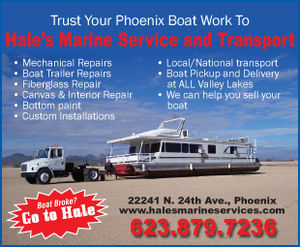
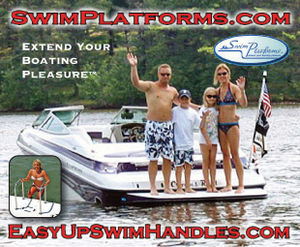
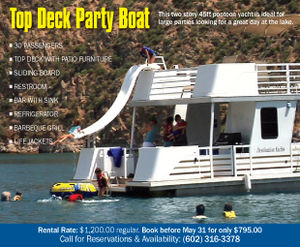
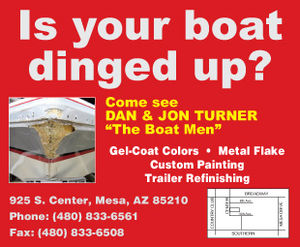

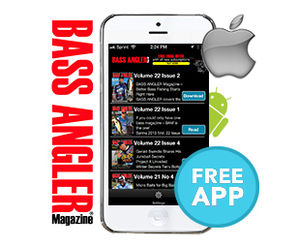
Reader Comments(0)